-
Posts
1,087 -
Joined
-
Last visited
Content Type
Forums
Detector Prospector Home
Detector Database
Downloads
Posts posted by Jonathan Porter
-
-
On 9/14/2017 at 2:27 AM, normmcq said:
With several GPZs working in a small area, is there a recommended auto tune procedure to tune each other out?
Norm
Interference from a GPZ's Tx is easily dealt with as mentioned by Steve above, however the biggest issue I have found is interference from Wi-Stream, the interference sounds like a rapid buzzing noise that is hard to identify and can be heard from a lot further away than the regular Tx/Rx if there is a direct line of sight to another GPZ operator.
To fix you need to manually select another channel through the Connect WM12 menu option of the GPZ, this can be a bit hit and miss because there is no scan function. Best bet is to ask the other operator what channel they are working on then you selecting a different channel.
JP
-
 1
1
-
 1
1
-
-
6 minutes ago, mlgdave said:
Turned it on this AM and its working 100% normal.........
mlgdave
Keep us informed on how things go, this fault can show up when going from Normal to Difficult or Difficult to Normal.
JP
-
Pictures don't do it justice Steve. Not huge but good money at today's gold price, made approx AU$2K that day. Got myself a new Samsung Galaxy Note 8 which has dual cameras, thanks to the dual cameras you can do a live focus shot which gives fantastic depth of field images (Apple call it portrait mode). Trying to do a selfie in the bush yelling "cheese" at your phone was harder than actually finding the gold.
-
 4
4
-
 2
2
-
-
-
I've had four goes at replying to this thread and realised there is nothing I can say that won't be misconstrued or shown as mischief making. In that thought process I also came to the realisation that moderation is a hard ask trying to keep a forum on track with wildly mixed personalities. Out of respect to a good friend I will bow out and refrain from further comment.
JP
-
 1
1
-
 1
1
-
-
42 minutes ago, Reg Wilson said:
What's the chances that a free 7000 is on its way to Queensland. At six inches it would blow your ears out.
Reg you forget so easily. Donald Parker told me about slugs up to 50 ounces just inches below the surface that he had missed in Vic with VLF machines that just boomed at him with the SD 2000. What else does anyone seriously use in Australia these days? 6 inches can be a long way down if the ground signal is equal to or greater than the target signal. With the advent of Smooth timings on the GPX 4000 I was amazed by the amount of decent sized nuggets at shallow depths in the more mineralised/variable areas. Quite often its the ability to detect an area and ping that first deep piece that leads to the good discoveries, the Minelab detectors allow that to happen in North QLD.
At the end of the day its a great story and at the same time good promotion for the NQ dealer and Minelab, a win win for everyone involved especially the guy who had the good fortune to find the nugget.
JP
-
 2
2
-
-
The local gold scenario is continuing thanks to a few cool days, here's my take for 4 hours yesterday. This area has produced in the past but EMI has always been an issue, its actually been Sferic noise rather than EMI but either way its been masking all these pieces, thanks to the power of the GPZ Sferic noise is greatly reduced.
The speci was deep in hard packed clay, long grass stopped me from investigating further as the speci was away from the main run suggesting there is more to the story. The GPZ is perfect for expanding patches, I tend to find the main locations can often be expanded into territory where nothing has ever turned up, so an ever widening circle out from known ground is an important part of my work flow these days.
JP
Speci weighs 11 grams so I'd say going by the signal and its depth it has at least 4 grams, so a total of 10 grams for the morning.
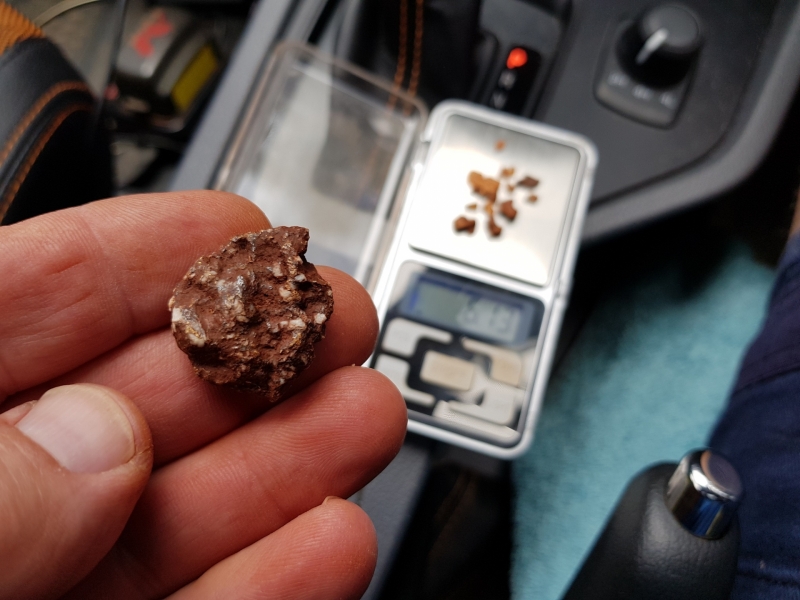
-
 4
4
-
-
Rigidity of design is vital with the GPZ, near zero flex in the shaft is all important for good coil control with the DOD design coil so to that end the housing and shafts used on the GPZ is brilliant, going back to a 5000 the day before yesterday really highlighted that for me. But like Steve said
15 hours ago, Steve Herschbach said:Repetitive motion injury is real and anything that can be done to make detectors lighter and more ergonomic has to be a goal.
to that end I'm in full agreement. Not only does it have to be a goal is should be a main aim put right up there as being just as important as the detectors performance.
I know this sounds like I'm being ungrateful, if I had to choose I OBVIOUSLY would choose what we have, its not really that bad for a 6 foot bloke like me but I have friends who are in their 70's who really do struggle if they use the machine for more than a few hours at a time, that is a window into my future 20 years from now if things don't start to improve gravitationaly speaking (gravity is already taking some cheap shots at my 50 year old carcass as it is
 ).
).
In my opinion there is an obvious need for a smaller coil for those of us who work in mountainous or tight terrain, an approx 11" coil coming in well under a kilo would help a lot of people right now especially if they used a smaller and lighter CTX battery to help with balance.
JP
-
 2
2
-
-
On 11/8/2017 at 9:18 PM, Reg Wilson said:
Jonathan, any truth in the rumour that Minelab are considering introducing a lightweight version of the 7000? A proper prospecting detector rather than a modified military monstrousity that the Z currently is?
You being close to Minelab, I'm hoping you may be in a position to enlighten us. I for one would consider an aquisition should this come to pass.
Hi Reg, I can't officially answer that question one way or the other even if I wanted to thanks to NDA's.
In my opinion the GPZ is heavy and could do with going on a diet, and I'm sure Minelab are well aware of that because every time I have discussions with them I bleat continuously about that very issue. The GPZ is not a modified military detector, it uses similar design features as the CTX 3030 which is a coin and relic detector, perhaps your thinking of the SDC 2300 which uses the same housing as the F3 Compact military unit?
I was briefly using a GPX 5000 yesterday with a DD coil near some power lines, an area I can't really detect properly with the GPZ due to the EMI so opted for the 5000 and Cancel mode (I also use Fine gold and invert the signal to help make things standardized in our mineralised ground). I could not get comfortable with it because the weight is all coil forward, it was also a pain to change my hand position from detecting position to be able to trigger the Quick Trak button because I was also needing to trigger the auto GB regularly. Being tethered and having my bum spanked by the power cord every time I took a step just added more insult to injury, forgetting and walking off dragging the detector behind me like a recalcitrant puppy was the final straw!
I went back to the GPZ and instantly appreciated the balance of the detector thanks to the battery being at the back. The GPZ is beautifully designed, it is nicely balanced with very little flex BUT it is heavy. A 1 kilo weight reduction would make this detector superb and I sincerely hope Minelab will address this in future designs. In my opinion there are three places where weight reductions could take place, one is the curly cord for the coil up inside the shaft, that adds a lot of weight, the other is the pod and GPS and lastly its the coil. Hopefully they will concentrate on those areas now that the ZVT tech is mature and clearly understood.
Reg its nice to know you still hold a place in your heart for the GPZ 7000.
JP
-
 8
8
-
-
- Popular Post
- Popular Post
Just returned from my annual trip away (that's another story for another day), I've been out 3 times detecting since getting home and two of those were training sessions. Yesterday morning it was my turn to do my own thing for a few hours before the heat beat me to a pulp. A few minutes later and I had a plucky 1 gram nugget on a continuation of a spot I detected with my son Timothy back in July (got AU$800 worth off there for the session, much to the delight of his pocket book).
There is a fair amount of trash and the obligatory shot gun and 22 bullets along with the added hassle of a high voltage power line, so I had to concentrate on the wide broad deeper sounding targets mixed in with the Sferic and 50 Hz noise, 3 hours of this and you find yourself needing a little lay down. This location is also problematic because it is on a slope above a straight flowing gully so the coil is opened up to even more interference dependent on where you are working on the slope.
Long story short I plucked some nice gold for the effort which made the little lay down later on justifiable. Interestingly I pinged a solid 5 gram chunk in my old scrape from the 5000 days, a boomer signal for the GPZ and not that deep so can only assume the quieter running GPZ 7000 was clearly an advantage in a high EMI area. Just below it I got a nice deep warble that made my skin goose bump and sure enough 16 inches down a 13 gram slugster came to light pushing the mornings total to 23 grams of 97%-98% Clermont golden goodness. Considering I spent 2 weeks in WA this year without a piece of gold this was pure heaven especially since I have more signals to investigate over the next few days.
The GPZ still continues to amaze me, if only it was lighter and more manageable so that other people could tap into its potential more fully. The weight really does detract from good detecting practices with this technology. The Super D coils really do need to be kept above saturation effect for maximum depth on the deeper pieces, the coil sweep also needs to be evenly controlled, all vital methods that are are adversely impacted upon due to too much outright weight for the average user.
JP
-
 19
19
-
Patch and Salty Ground Smoothing modes will always sound a bit jittery, this is due to faster filters. If the jitteryness is noticeable then it suggests the ground your in is not salty. Also you need to allow at least an hour to familiarise yourself to the way the audio sounds, your brain will eventually smooth things out for you similar to getting used to running the Audio Smoothing on Off.
I've not noticed the audio sounding different with the various upgrades;
Things to Try:
Change the WM12 channel
Change the detectors Frequency via the manual tune control
Try plugging in direct to the detector rather than using the WM12 to see if there is a difference
Make sure the ferrite balance is correct, poor ferrite balance can result in a jittery threshold
Turn off the GPS especially the Breadcrumb trail
Perform a hard reset
Re-install the software (similar to a hard reset)
Lift the coil away from ground effect with coil held parallel to the ground (between knee and waist height)and listen to the threshold, does the audio still sound the same?
Lift the coil away from the ground to above shoulder height, is there a loud response as the coil transitions through the arc? If so this is salt signalHope this helps
JP
-
 4
4
-
 3
3
-
-
On 11/4/2017 at 4:46 PM, jrbeatty said:
Dave: More Llanelly than Tarnagulla, but have a try around Black Ben reef and gully. Oodles of small gold there once and the Z cranked right up should find more.
Same applies to the reef heaps and upper parts of the gullies draining the Corfu Reef area.
PS: Don't tell anyone I told you though!

Corfu brings back memories, I found a beautiful 1/4 oz further down the drainages just off the edge on some surfacing back in 1995. The piece was in red clay which just fell off when I put the nugget in water, leaving a bright polished piece of gold behind. Amazing place Victoria.
-
 5
5
-
 1
1
-
-
- Popular Post
- Popular Post
That's really good news Paul and a much better option than the guaranteed by-back solution we were having to look at. When you send it back to them make sure you actually pack the unit into the parcel before putting said parcel in the post.



JP
-
 13
13
-
For me the Auto GB is a must for our conditions, going back to the GBII was a pain because I was on the dials all the time or if I got lazy I had to deal with a less than optimal machine. At the end of the day the GM is just a decent VLF with features that make it nice to use. The key for me is getting the Ground Balance right and then getting the Auto Sensitivity to then come into alignment, when that happened I was very happy with the way it handled our ground. At the end of the day the GM 1000 is a VLF detector and as such behaves just like every other High Freq VLF I've used over the years in my locations, as such it requires a VLF approach and mindset.
JP
-
 4
4
-
-
- Popular Post
Wrote a reply and supplied a link to the blog I have up on Treasure Talk. Had two people out with the Monster yesterday for training, broke my record and pinged a piece of gold in 10 seconds. One buyer will be selling, he's just not a VLF fan and has no intention of trying to learn even though I told him all this prior to making the purchase (he came into the game on PI's, so has no real concept of hot rocks and ground noise. Hes not angry at me or bagging Minelab, he's just decided VLF'ing is NOT for him), the other guy is having a blast and enjoying his experience.
For people reading this thread who have never used a VLF before especially in Australia, they take effort and patience, that's the nature of VLF's even in quiet ground.......BUT they can be a lot of fun so long as your realistic. If your not prepared to put some effort in I suggest you opt for an SDC instead.
I would love it if Minelab made an SDC with MPF in a Monster housing!!! Imagine that?

JP
-
 10
10
-
For me a properly set up Auto GB is a must on a VLF especially a high frequency VLF, no matter how quiet the ground is the ground will always vary as you move about. I tested the GM 1000 alongside the GBII as well as a Macro Racer, the GM and GBII were very quickly short listed to top spot (I've also used the White GMT in my test area so know how they behave). The big winners on the Monster for me were the silent threshold (surprisingly because I'm generally not a fan of this type of thing so approached the Monster with a sense of trepidation), Auto GB ( A must in my areas) and top of the tree the Auto+ Sensitivity control.
I would love to see the GBII brought into the modern world, its amazing to think its been out for so long without any major changes. Going back to the GBII took effort because I was constantly on the controls adjusting the GB and could only do away with hot rocks by using the Iron Grunt. Interchanges in the ground also gave me trouble whereas the Monster just happily tracked these obstacles out and a simple press off a button to disc mode handled the more positive hot rocks. Simply from an ease of use situation the Monster won the day, even though the GBII has the edge for sensitivity a lot of that advantage was lost due to ground signals constantly getting in the way.
Put it this way, if Steve and I were both using GBII's in my areas, he would thrash me in the gold take because he is a far more savvy VLF operator that I am (He truly is a wizz with the GBII, absolutely blew my mind what he could do with one, even in the nasty ground). If Steve had the GBII and I had the Monster I honestly feel I could hold my own and maybe even pip him at the post. Obviously this is in areas I work because I've never worked a VLF in the States before.
BTW the areas I have been testing in are considered very mild by Australian standards, I used to use my Whites GoldMaster II in these locations with a concentric coil for a living 20 years ago, in some places I could even Max out the Gain.
JP
-
 8
8
-
-
12 hours ago, jasong said:
One question I have with this whole new global marketplace is why are there still dealers if they don't service anything or provide any other service other than sales? Aren't they just a middle man at that point inflating the price of the goods? If the internet didn't exist I could understand it because they provide local outlets for sales, but most of the sales are done over the internet/phone today anyways, many (or even most) dealers don't even have physical store locations anymore. It seems to me this subject has come up once before but I can't remember if it was here or not and it seems relevant to the subject matter.
I understand some provide training when it comes to gold detectors and some customers find good value in this, but with the markup in price that dealers take as profit up to 35% on some models, it's hardly worth it for many of us, especially for those who don't want the training. Especially considering guided trips/training can be bought for much less.
Again, one of those things that are tough to say/ask without offending someone and offense is not my intention at all, but if I don't understand then I'm sure some others don't as well too so I think it's a fair question related to the subject if we're heading towards a mega-repair outlet handling everything.
Can we just skip the dealer inflation and buy directly if it's all the same in the end?
The other direct implication is you end up with "preferential pricing" where friends of dealers all get one price, the people who know that you can wheel and deal on the MSRP get another slightly higher price (the 15% "military discount" as one example, quotes intentional because we all know it's not just military), and then the uninitiated pay full or close to full price. I don't find that to be right personally.
My business is built around service and advice and TRAINING, all of this is based around my spending my whole adult life living and breathing what I do and it is all provided in a small town with only 2000 residents right on the goldfields. Every winter we are inundated by people who've purchased their detectors from dealers in the cities where the main populations reside, desperately seeking information about how to use their metal detectors. I can assure you I make far less per detector sale than a "Box shifter" dealer because I invest time into the customer to make sure they at least have a good grounding on how to use their new purchase.
Lastly if there were no dealers do you honestly think the price would drop by the dealer margin? Metal detector manufacturers need people like us to sell the story. Our incentive is the margin, a lot of which we then invest back into the customer, assuming there is any left because of all the discounting done by the larger dealers in the population centers away from the goldfields!!
JP
-
 2
2
-
-
That's the good thing about you Steve, consistent remarks that are cemented in real world experience that stand the test of time. You're your own worst critic so the nameless brigade have nothing compared to your own personal code of ethics on what you say and how you conduct yourself. And then for good measure you draw a very solid "wall in the sand” that even blind Freddy would find hard to miss!
I have to say though, a lot of this would not be happening if product was made available on the advertised release date. I'm sure there are a lot of very frustrated sales people at Minelab right now.
JP
-
 4
4
-
-
I LOVED my GMII, it was my first manual GB machine and it tortured me to death in WA, but I still loved it. I learned so much from it especially about ground balance. I only ever found one spot where I could run the Sensitivity flat out, got 90 nuggets for half an ounce off that spot in 4 days.
JP
-
 3
3
-
-
Every time I think I might add something to this discussion Steve posts up information in a succinct and extremely informative way. Brilliant thread Steve and very detailed information about the new Monster Beasty, especially considering you have had so little opportunity to spend any decent amount of time with it during your winter months.
There is a method of operation (more of an understanding and workflow really), which I found amazing here in Australia that requires observation and input from the operator, it helps make the Monster surprisingly useful in variable ground (shallow gold only, its not an SDC beater). I'm working on a TT blog as we speak so will hold off till I've trimmed it up and made it presentable.
And yeah as is always the case with a new release announcement we have yet again a hold up on supply, guess who spent the whole day yesterday trying to explain this to customers ringing in for their Monsters? I have mine on display in the shop for readers in our area who want to take a look at one in the flesh.
JP
-
 5
5
-
-
Hi Steve very good advice. For me the new Minelab GM 1000 with 2 coil sizes as standard is the pick of the bunch, the Auto Sensitivity and Auto GB take that unit to a whole new level especially in variable ground.
JP
-
 9
9
-
-
Hi Steve, great thread as usual and very comprehensive. My first detector was a GT 16000 which was around the 6.3 Khz, back in those days there was a fair bit of decent sized gold still laying around for the lower freq VLF machines especially in conjunction with an auto GB. If you'll remember the GB PRO was way behind in numbers when we used the GBII on those patches in WA and required careful coil control in the super noisy variable ground to try and ping what was available, whereas the higher Freq GBII nailed piece after piece.
In Australian soils I feel the High Freq VLF is a better option purely because the depth differences between the lower and higher frequencies are not that great due to the levels of mineralisation, yet the sensitivity gulf on small targets is massive; in other words depth suffers tremendously with VLF's in high mineralisation regardless of the frequency so you may as well target areas where the shallow little pieces are plentiful. If you want the deeper bigger pieces then get yourself a PI like the SDC to chase the deeper 1 tenth gram and bigger gold.
The bench mark for any VLF detector in Australia to target gold regularly in competition with the PIs is high frequency and Auto Ground balance. Auto GB is a MUST for Australia and to this day the XT 17000 was the detector to beat for accessing all areas not just quiet ground types. I was not a huge fan of the XT 18000 and hated the Eureka Gold. The GBII holds its place for sheer sensitivity and ergonomics, in my opinion its taken 22 years for someone to take its crown here in Australia.
If it is an all rounder type VLF machine in my opinion the GB PRO (and all its variants), AT GOLD and Xterra 705 are the go to bench mark machines.
JP
-
 3
3
-
-
- Popular Post
The key differences in how the GPZ sounds is down to the Audio Smoothing, operators are not used to having access to the low noise floor levels of the GPZ so can find the sound/volume of the GPZ very dominant.
The key to using a low noise floor is understanding everything has more presence when Audio Smoothing is off, so because of that the Target Volume suddenly becomes a very powerful control right up there with the Sensitivity control. Target Volume has a huge impact on a persons perception of the detectors overall volume levels, because the noise floor is so low you have access to everything the detector is doing and seeing. This means there is a balancing act needed to get a clean audible smooth threshold with decent target signal volumes without distortion and jitteryness.
The B&Z booster allows the operator to have a full range of Volume control of the GPZ without distortion because you are only ever amplifying the smooth audio of the detector assuming you have set it up correctly. So the key here is to keep the Target Volume levels as low as possible, in the case of speakers it needs to be no more than 8 when in combination with Audio Smoothing OFF, for headphones even less.
The reason the Target Volume needs to be less is due to the B&Z booster needing to be above 1 1/2 to 2 on the Volume control Pot to avoid hiss noise, this means the detectors Volume needs to be lowered to allow a better range of Volume control on the booster. The B&Z through headphones has a secondary threshold like buzz which a lot of people like, getting the Volumes of the detector right makes this less intrusive.
If your lucky enough to live in an area where you can use the Normal Ground Type modes then it is recommended you use even less Volume to allow for the added noise levels associated with those modes.
Recommended GPZ7000/B&Z booster/Speaker/headphone settings.
Audio Smoothing: OFF
Target Volume: 6 to 8 (Twin Speakers), 4 to 8 Headphones
Volume Limit: 8 (Twin Speakers), 8 or less for Headphones (Experiment with this dependent on your headphones)
Threshold: 27
The advantages of the B&Z booster/speaker combo over the WM 12 speaker is two fold, firstly they are better quality speakers so they sound crisper to the ear and secondly the booster gives you much better control over the volume of the audio with minimal distortion, by being able to spread out the audio volume you get much better resolution on faint edge of detection range targets.
JP
-
 10
10
-
Andyy are you using headphones or speakers? Sorry if you've stated that somewhere, I'm strapped for time so can't read everything in this thread.
JP
-
 1
1
-

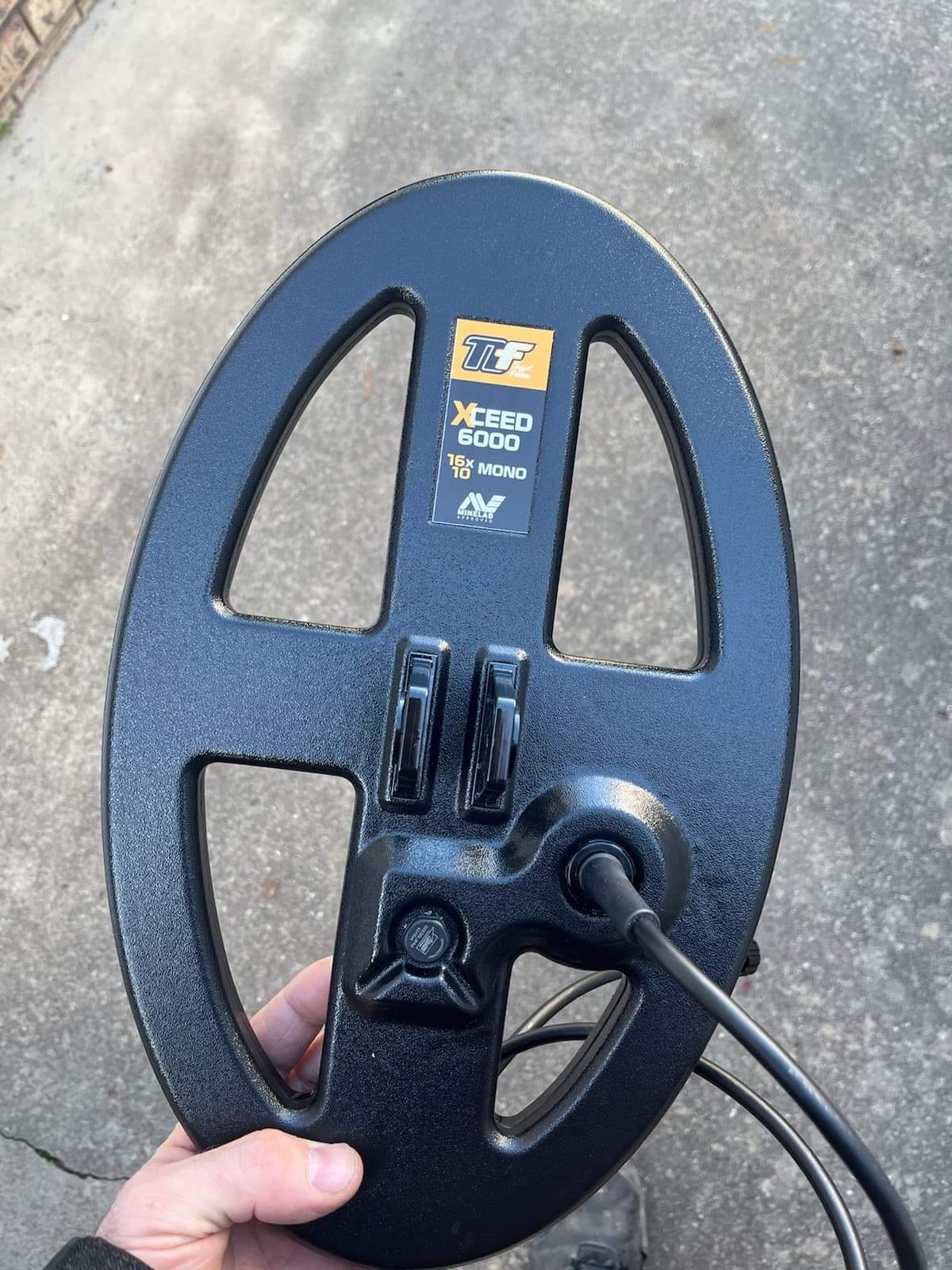
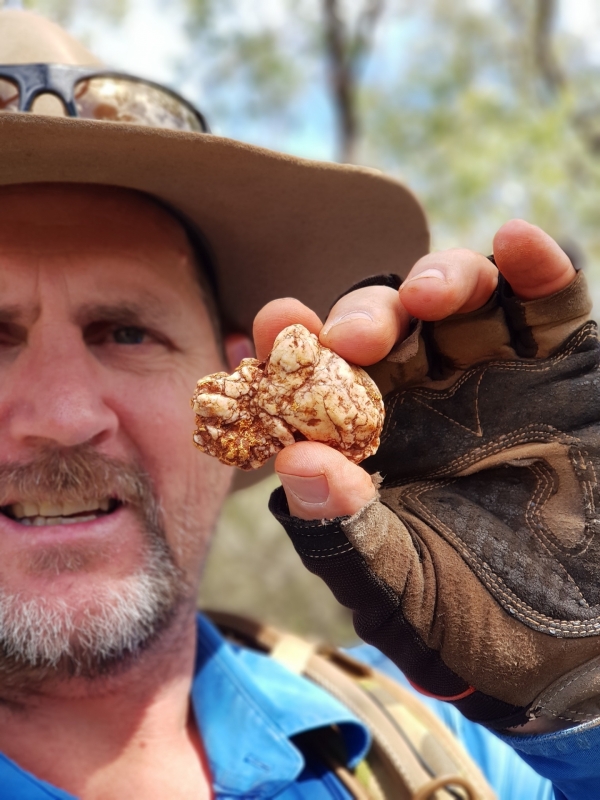
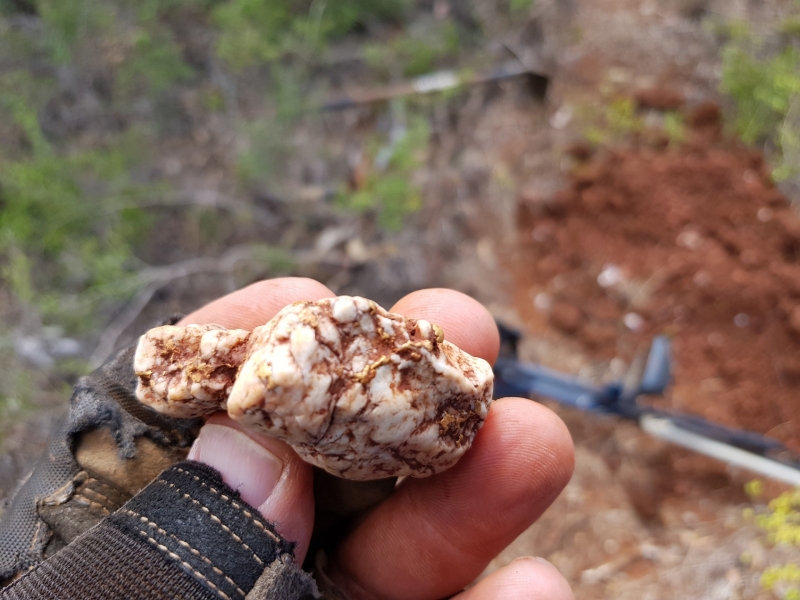
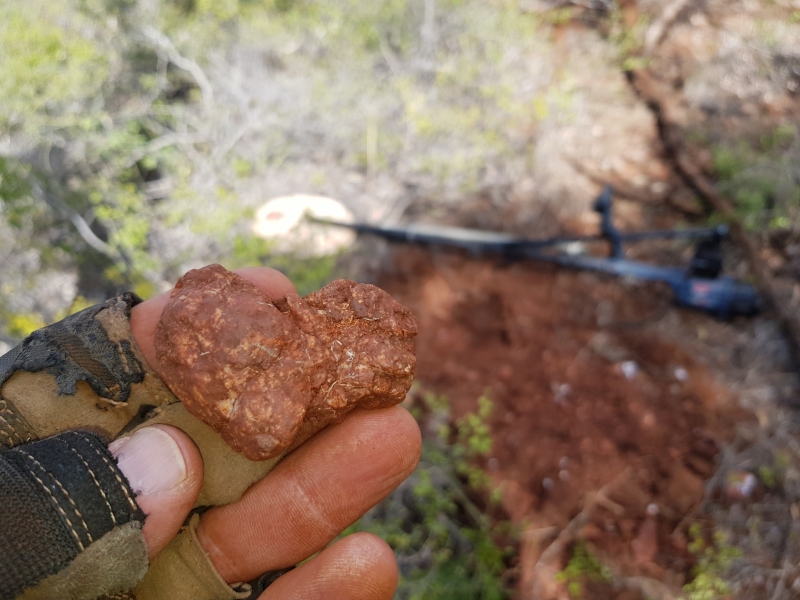
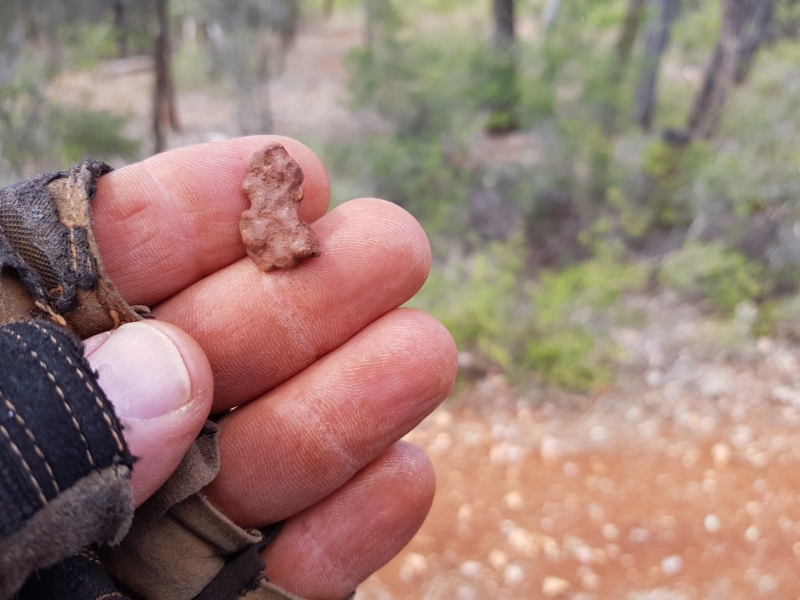
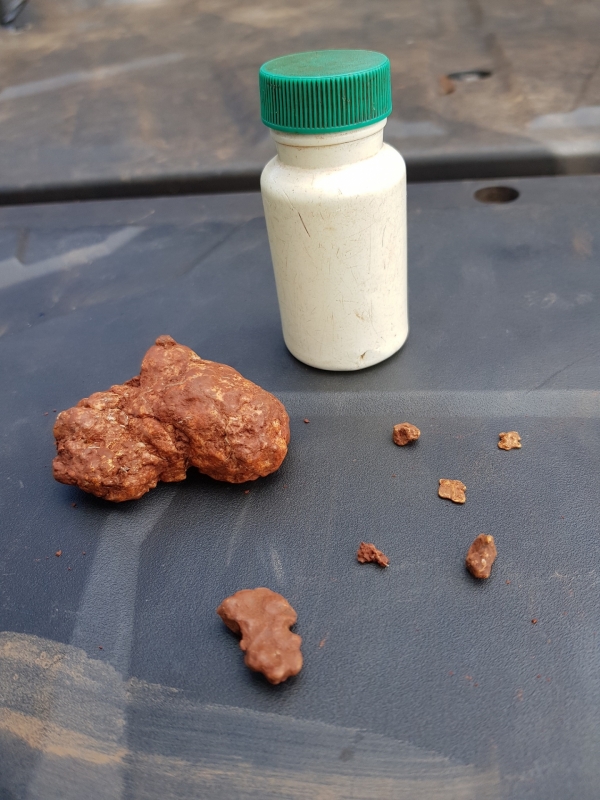
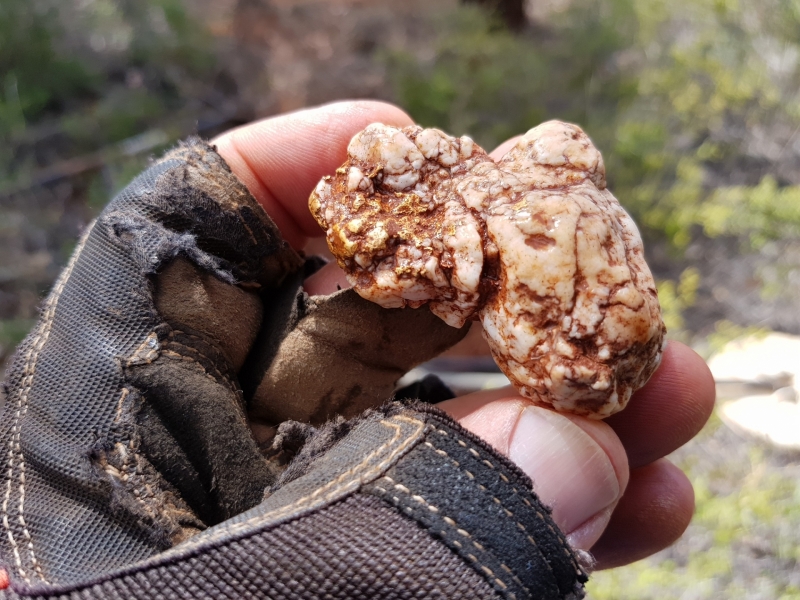
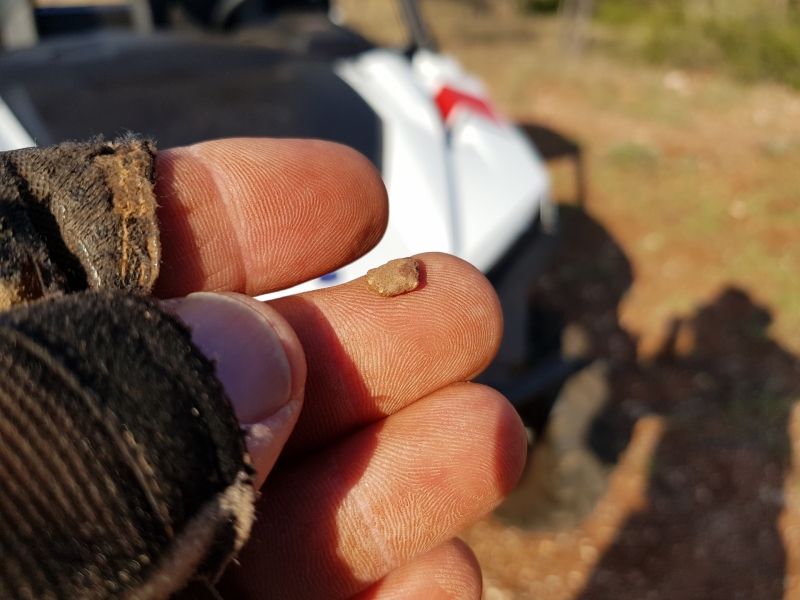
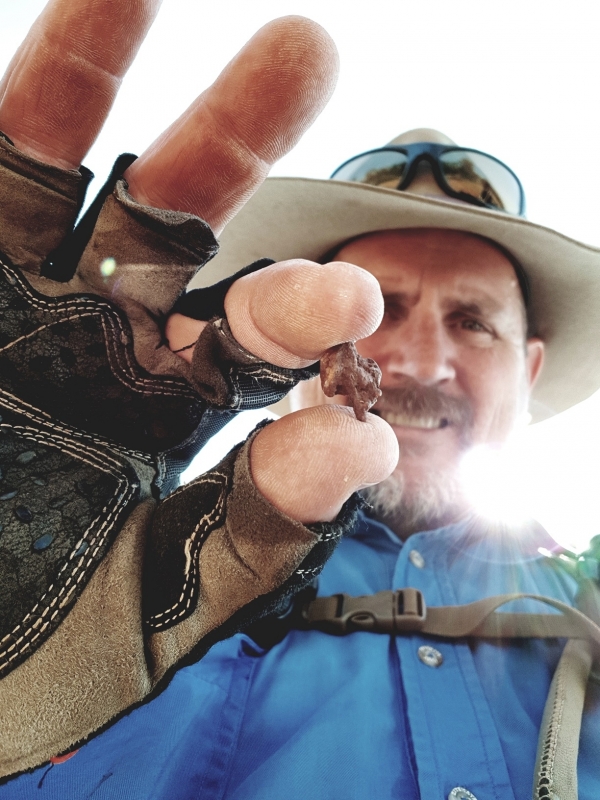
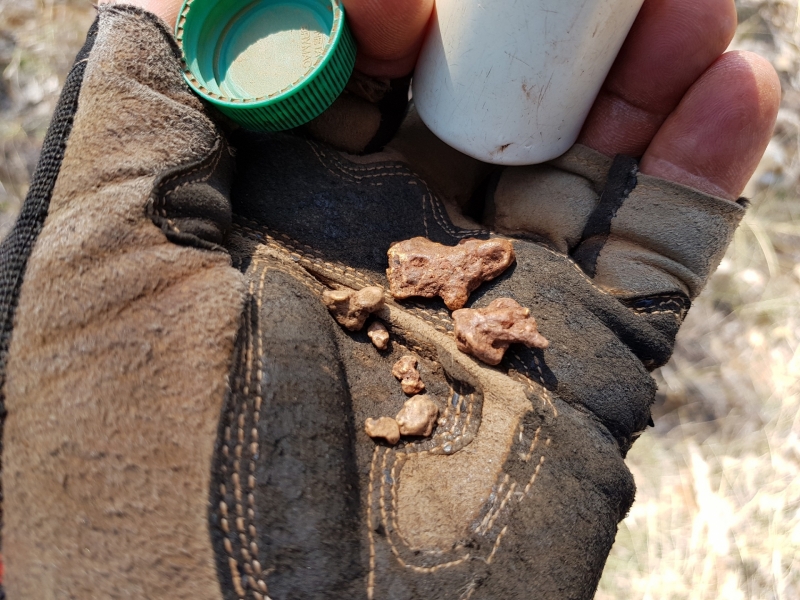
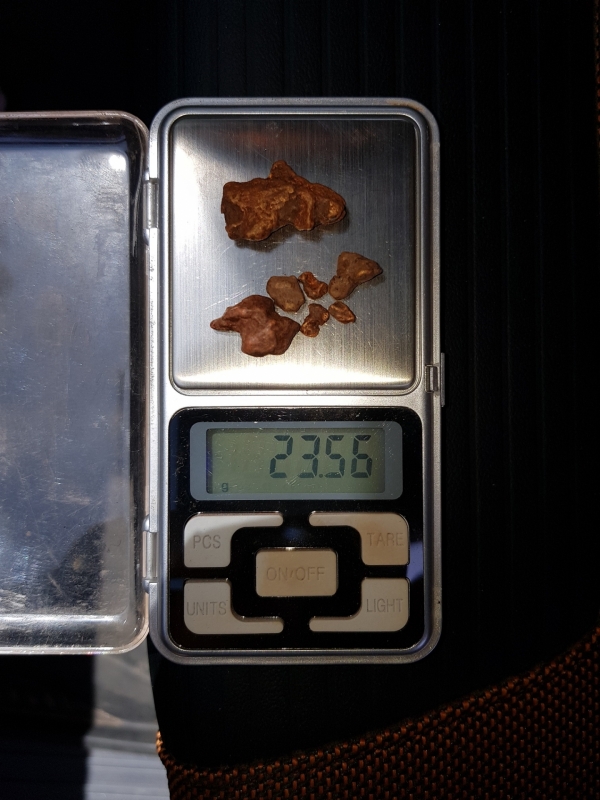
Steelphase Audio Enhancement System
in Detector Prospector Forum
Posted
The key to using the B&Z with headphones is to lower the detectors audio so you can lift the B&Z volume above 2 1/2. If you want an amazing experience with the B&Z booster with headphones then get yourself some of these.
http:// https://www.bose.com.au/en_au/products/headphones/earphones/quietcomfort-20-acoustic-noise-cancelling-headphones.html#v=qc20_samsung_black
If your working in and around trees they remove all the wind noise especially the low frequency stuff, they are also excellent at removing traffic noise etc.